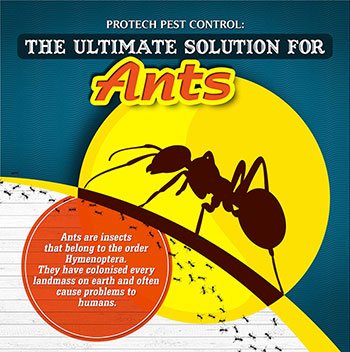Rat Control Recognizing Usual Rodent Habits
Rat Control Recognizing Usual Rodent Habits
Blog Article
Produced By-Talley Krag
When it involves rodent control, comprehending typical rodent behavior is vital to efficiently taking care of infestations. Did you know that rodents have some fascinating nesting practices that might shock you? By exploring their elaborate actions, you can obtain valuable insights into exactly how to take on rodent problems in a more strategic and efficient fashion. So, allow's unwind the mysteries behind these creatures' activities and learn just how to outmaneuver them in your rodent control initiatives.
Rat Nesting Behaviors
When observing rats in their natural habitat, you'll observe that they proactively seek out materials to construct their nests. Rodents, such as computer mice and rats, are resourceful animals that use a variety of things like twigs, leaves, paper, and material to construct their homes. They're precise in their nest-building process, usually lining their nests with softer materials like fur or feathers to create a comfortable atmosphere.
https://www.actionnews5.com/2023/02/24/memphis-wildlife-rescue-hosting-virtual-baby-shower-orphaned-baby-animals-need/ prefer to construct their nests in covert and safe and secure places to shield themselves and their young from killers. Usual nesting areas include wall surface cavities, attics, basements, and also within insulation materials. By building their nests in these remote areas, rodents can safely elevate their offspring far from potential risks.
It is vital to recognize the nesting routines of rodents when carrying out control procedures. By disrupting Visit Homepage or eliminating products, you can discourage rats from establishing an existence in your home or home. Proper sanitation and sealing access factors are also crucial steps in avoiding rodent infestations.
Rat Feeding Patterns
After observing rodents' nesting routines, it becomes apparent that their feeding patterns play a crucial function in their every day lives and actions. Rodents, consisting of mice and rats, are opportunistic feeders, suggesting they'll take in whatever food source is easily available. They're mostly nighttime creatures, choosing to forage for food throughout the cover of night to avoid predators.
Rats have a varied diet, ranging from grains, seeds, fruits, and veggies to bugs, nuts, and also small pets. This adaptability in their food options enables them to thrive in numerous atmospheres, including city locations where human food sources are bountiful.
Their feeding patterns aren't only driven by hunger yet likewise by the demand to accumulate food for times of shortage. This behavior is particularly noticeable to prepare for winter months or when nesting. Rodents are understood to hoard food in their nests or burrows, making certain a consistent food supply. Comprehending their feeding patterns is crucial in carrying out effective rodent control measures to interrupt their food sources and stop problems.
Rodent Motion and Traveling
Rats navigate their environments with agility and stealth, using their keen senses to move promptly through their atmospheres. These animals are experienced climbers, able to range wall surfaces and upright surface areas easily. They can also press through surprisingly little openings, making it critical to seal any kind of potential entrance points in your house.
When it concerns taking a trip, rodents often tend to adhere to acquainted courses, developing trails along walls or skirting the edges of areas. They're creatures of habit, usually adhering to these developed courses as they forage for food or explore their environments.
Rats are recognized for their nighttime routines, so you might hear them scampering around during the night as they look for food and water. Their movements are quick and irregular, allowing them to dart in and out of view in the blink of an eye.
Comprehending how rats move and travel can help you identify possible invasion locations in your house and take aggressive actions to prevent these bugs from obtaining a grip.
Conclusion
As you work to manage rodents in your house, bear in mind that understanding their habits is crucial. By acknowledging their nesting routines, feeding patterns, and motion, you can properly stop invasions.
Coincidentally, by taking aggressive steps to get rid of food resources and seal off entry factors, you can disrupt their familiar paths and compel them to choose brand-new places, inevitably decreasing the probability of rodent visibility in your space.
